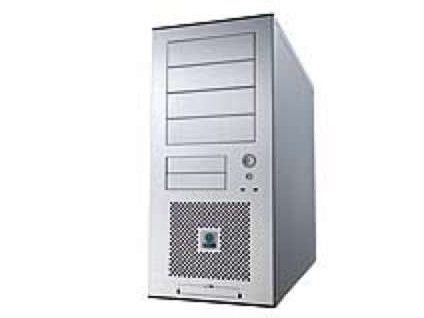TechRadar Verdict
The ideal basic, non-steel case
Pros
- +
Compact size
Keeps cool well
Aluminium body
Cons
- -
No fancy features
Why you can trust TechRadar
You have to respect to Lian Li for producing what is a totally no-nonsense case. It's utterly square, made of aluminium, small in stature, big on drive bays, has no fancy extras and comes installed with two fans. If that's what you want, then come and get it.
It's reminiscent of the Antec LANboy in that it's a basic aluminium case throughout. This makes it as light as possible without having to head down the small formfactor path. The aluminium also makes it a cool runner. Two fans are supplied: a 120mm at the front and 80mm at the back. Both come with motherboard header connections for BIOS management. It's possible to mount a third 80mm fan in the case.
Inside the case the aluminium structure isn't the strongest we've seen, flexing when pressed. However, the sides are stronger because their edges are rounded. The drive bays are devoid of any quick-release features, instead requiring screws to attach drives! The 3.5-inch bays are split into two sections. Two feature external fascias and the other three internal bays are in a separate housing at the base.
The case isn't supplied with a PSU, putting the pricing above that of the Sonata-II but still under the Gigabyte full aluminium case. It's a shame that no drive bay fascias are supplied, because the silver look will be spoiled as soon as an optical drive is installed. The biggest thing going for the Lian Li is its compact size. It's easy to keep cool, which is perfect if you plan to pack a lot of power in that tiny chassis. Neil Mohr
Tech.co.uk was the former name of TechRadar.com. Its staff were at the forefront of the digital publishing revolution, and spearheaded the move to bring consumer technology journalism to its natural home – online. Many of the current TechRadar staff started life a Tech.co.uk staff writer, covering everything from the emerging smartphone market to the evolving market of personal computers. Think of it as the building blocks of the TechRadar you love today.

